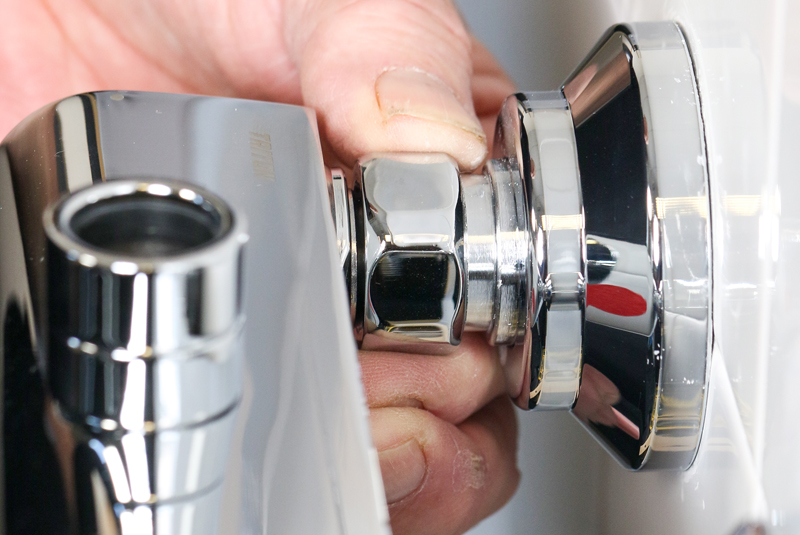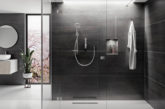
Paul Rowley, Approvals and Training Manager at Triton Showers, answers some of the questions most commonly asked by installers attending training courses at the manufacturer’s HQ in Nuneaton.
My next job is fitting a bathroom which will be used by young children, as well as older members of the same family. What type of shower should I install to ensure everyone is provided for?
There are several shower options available to cover the needs of a multi-generational family, depending on the system requirements on site.
Whether you’re selecting an electric, mixer, digital or power shower, installing a thermostatic shower provides precise control over the maximum water temperature available, therefore significantly reducing the possibility of excessively hot water.
TMV2 mixer showers provide the ideal solution for domestic applications as the water temperature is regulated to within +/- 2°C, ensuring a comfortable showering experience for all. When considering the elderly, less-abled or more vulnerable users, TMV3 is the preferred option as the water temperature is controlled to within +/-1°C, providing the end user with performance, safety and peace of mind.
For the installer, Triton mixer showers have been designed with retro-fit and refurbishment jobs in mind by providing convenient push-fit pipe connections, fast-fit surface brackets and easy-fit spacing guides.
What level of performance can I expect to achieve from a mixer shower installed on a gravity system?
The flow rate delivered by gravity fed mixer showers can vary depending on the available head of water and restrictions within the supply and valve.
Using pulled bends can also help avoid any restriction to the water supply. For similar reasons, the use of obstructive stop taps or ¼ turn service valves is unadvisable. Use full way lever or gate valves instead, as these are less likely to curb water supplies. When selecting the correct pipe size to use, remove any margin for error by following the manufacturer’s instructions supplied with the shower.
Finally, before connecting any pipes to the mixer unit, always flush them out first to avoid any unwanted debris making its way into and blocking inlet filters. This could make the difference between a happy customer and getting an unwanted call back later.
Is it advisable to connect a power shower to the mains cold water supply or a combi boiler?
All power showers contain a pump and a mixing valve, which are designed to accept water from a low-pressure gravity (cistern fed) supply only. Connecting this type of shower to the mains cold water supply could place the pump under excess pressure, resulting in damage to internal components. In some cases, this could also cause leakage from the unit.
Similarly, it is not advisable to install a power shower in properties where the hot water supply is delivered by a combination boiler. Connecting to a high-pressure mains fed combi would have a similar detrimental effect on performance. Both scenarios are prohibited by UK Water Regulations, so stick to connecting power showers to low pressure gravity supplies to avoid any issues.
I am looking to fit an electric shower in a property where the water pressure is below 1 bar. How best can I overcome the pressure problem when it comes to the installation of a new electric shower?
Certain properties are susceptible to low water pressure issues. Conventional electric showers have a minimum water supply requirement of 8 litres per minute at 1.0 bar running pressure, and 11 litres per minute at 1.5 bar running pressure. Most properties meet or exceed these requirements and so a variety of shower types can be fitted.
In properties where these minimum water supply requirements cannot be met, a pumped electric shower can be fitted. These are supplied from a cold-water header tank requiring a minimum of just 75mm head.
Alternatively, a conventional electric shower can be fitted to a cold-water header tank if a booster pump is fitted between the tank and the shower unit. The booster pump can usually be installed out of sight, in an airing cupboard or under the bath.
In both cases the capacity of the header tank must be big enough to provide enough water to ensure a suitable showering duration.
www.tritonshowers.co.uk/help-and-support/help/frequently-asked-questions












